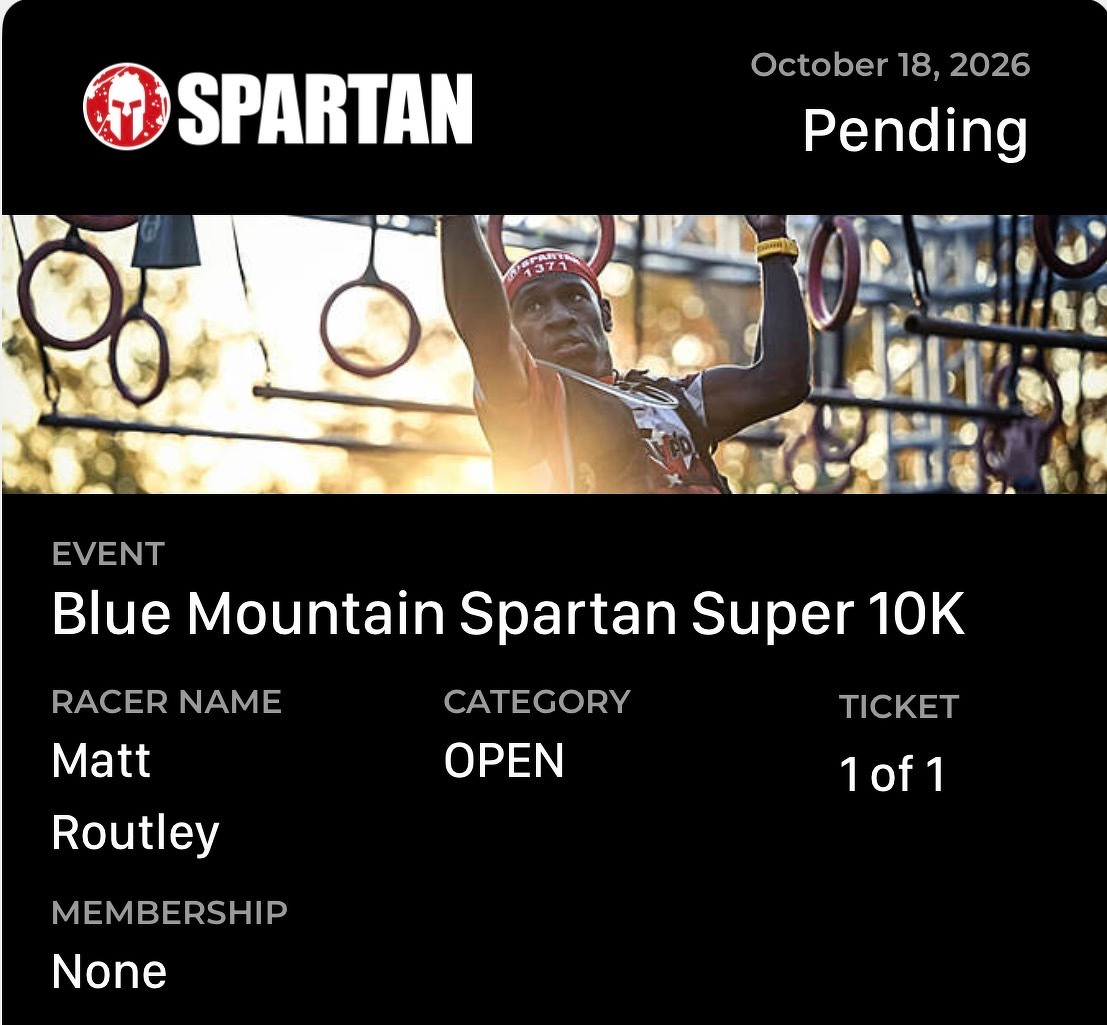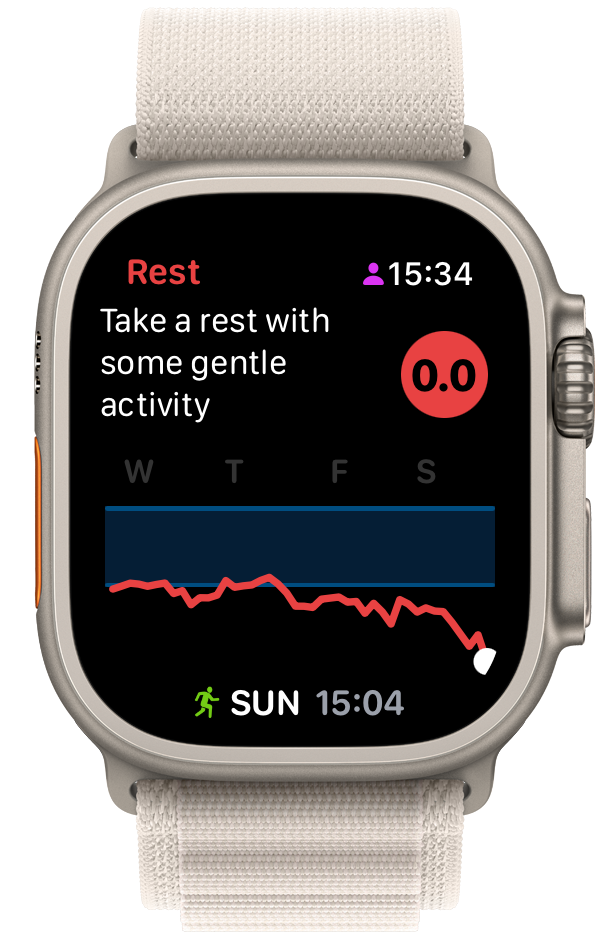❄️ 12 Days of Winter Wonder Photo Challenge - Day 1: Frost

❄️ 12 Days of Winter Wonder Photo Challenge - Day 1: Frost

I spend a lot of time reading, across many devices and sources. Much of it is meant to be informative and useful, not just entertainment. The problem is that without some system to capture and process what I’m reading, I don’t think that I’m capturing any meaningful insights.
A commonplace book is a time-tested method for collecting quotes, ideas, and reflections and has appealed to me for a while. I started experimenting with Quick Notes in Apple Notes, journal entries in DayOne, and analog capture in my Field Notes notebook. Each approach had merits, but I quickly realized I was creating three parallel systems driven by technical convenience rather than clear purpose.
The challenge with commonplace books isn’t capture, it’s retrieval and action. I can fill notebooks with quotes, but if I can’t find them when I need them, what’s the point?
I already have a Safari shortcut that works well: it copies highlighted text from a webpage, prompts for my thoughts, then creates a DayOne entry with the quote, my reflection, and a proper citation. This was the standard I needed to match everywhere else.
The fragmentation problem became clear. When I wanted to reference something I’d read, where would I look? Quick Notes? DayOne? Field Notes? A system that makes me search three places isn’t much of a system.
Rather than continuing to accumulate tools, I needed principles:
One source of truth. All reading insights should go to one place, regardless of where I’m reading. The capture method is secondary to having a single, searchable archive.
Quality over convenience. Friction in capture isn’t a bug. If something isn’t worth 30 seconds to capture properly, it’s probably not worth keeping.
Structure should emerge from use. Don’t design an elaborate tagging taxonomy upfront. Start minimal and add structure only when you have a specific retrieval problem to solve.
Don’t redesign around new hardware. I was partly being influenced by having just switched to an iPad mini with an Apple Pencil. The Quick Notes feature felt compelling, but the novelty of new hardware shouldn’t dictate my information architecture.
DayOne became the clear choice. It already contained my existing captures with full context and time-stamping. The Safari workflow proved the format worked: quote + thought + citation.
For captures from other sources, I accept manual entry. Yes, it’s more friction than a quick note or photo, but that’s the quality control mechanism. Not every highlighted passage deserves permanent archiving.
Field Notes remains in my daily workflow, but its role is different now. It’s for processing thoughts, not storing them permanently. When I capture analog notes, I flag them for weekly transfer to DayOne, if they’re still worth keeping after some time has passed.
When I’m inevitably tempted to add another capture system, I’ll return to this: the problem is never the tool. The problem is fragmenting my attention and information across multiple incompatible systems.
The goal isn’t the perfect commonplace book. It’s having a system reliable enough that I actually use it, simple enough that it doesn’t become a project itself, and effective enough that I can find what I’m looking for.
🖖 Star Trek: Khan was better than I expected with a nice character arc for Khan. The Vulcan Hello podcast has a nice review too
🏃♂️ I might regret this

🐶 George is a good pillow

And yet, despite being everywhere, RSS is somehow invisible. It’s the plumbing of the web: essential, reliable, and routinely underestimated. Most people who consume news this way don’t know they’re using RSS, and a surprising number of people who work in media don’t know they’re dependent on it for much of their reach and many of their partnerships.
Inspired by Ben Werdmuller‘s post, I’ve recommitted to Reeder. I’ve moved all of my feeds, newsletters, YouTube subscriptions, and podcasts into the app to have one place to get everything. Reeder has a great, clean interface that integrates all of these sources well.
🏃♂️ Ice and snow on today’s run made for a good ankle workout


Finished reading: I enjoyed Alien Clay by Adrian Tchaikovsky. An imaginative mix of ecology, evolution, and sociology📚
🎶 David Byrne’s Tiny Desk Concert is great fun
🍕 Cooking pizza while it snows


Finished reading: Medieval Horizons by Ian Mortimer makes a good case that the Middle Ages were a dynamic period that made many contributions to our modern world 📚
🐶 Bacon please

🏃♂️ Although the novelty will wear off quickly, fun to have a proper winter run

Been a while since I did a Spartan race. I’ve got some training to do

💰 We’re integrating the Q3 forecast for an infrastructure project. A clear sign of inadequate forecasting is missing seasonality. We expect 10–20% reduction through December, given holidays. So, when we get a forecast showing flat or increasing costs in the month, a closer look is required.

Finished reading: Wayward by Blake Crouch does what a second book in a trilogy needs to do. I’ll reserve judgement until I’ve read the third book to see if it pays off. 📚
Uh oh

🏃♂️ I’ve been using the new Workout Buddy on my recent runs, including letting it select my music. Every kilometre, I receive updates on my pace and heart rate, along with contextual information like recent elevation gains or total distance. While I can easily see most of this on my watch, the regular updates are helpful, especially now that I’m wearing long sleeves and gloves.
The Workout Buddy’s voice is quite natural, encouraging without being annoying.
The music choices were all good, well-aligned with my tastes and suitable for running.
Overall, this is promising, except for the hallucinations. My watch kept announcing songs that it definitely wasn’t playing. These were good songs, mind you, just not what I was actually hearing. Furthermore, there was a perplexing inability to read the watch display. For example, it cheerfully congratulated me on having run for 50 minutes when the watch actually showed 73. Then, it got increasingly inaccurate, repeatedly congratulating me for a 50-minute run over the next 15 minutes.
There’s potential here, but it needs to be more accurate. I’ll continue letting it pick music, but I’ll keep a skeptical ear out for its announcements.

Finished reading: Frustrating that 1984 by George Orwell is still so relevant 📚
🏃♂️ Just as I’m thinking through my next training plan, Göran Winblad offers wise advice about increasing running mileage.